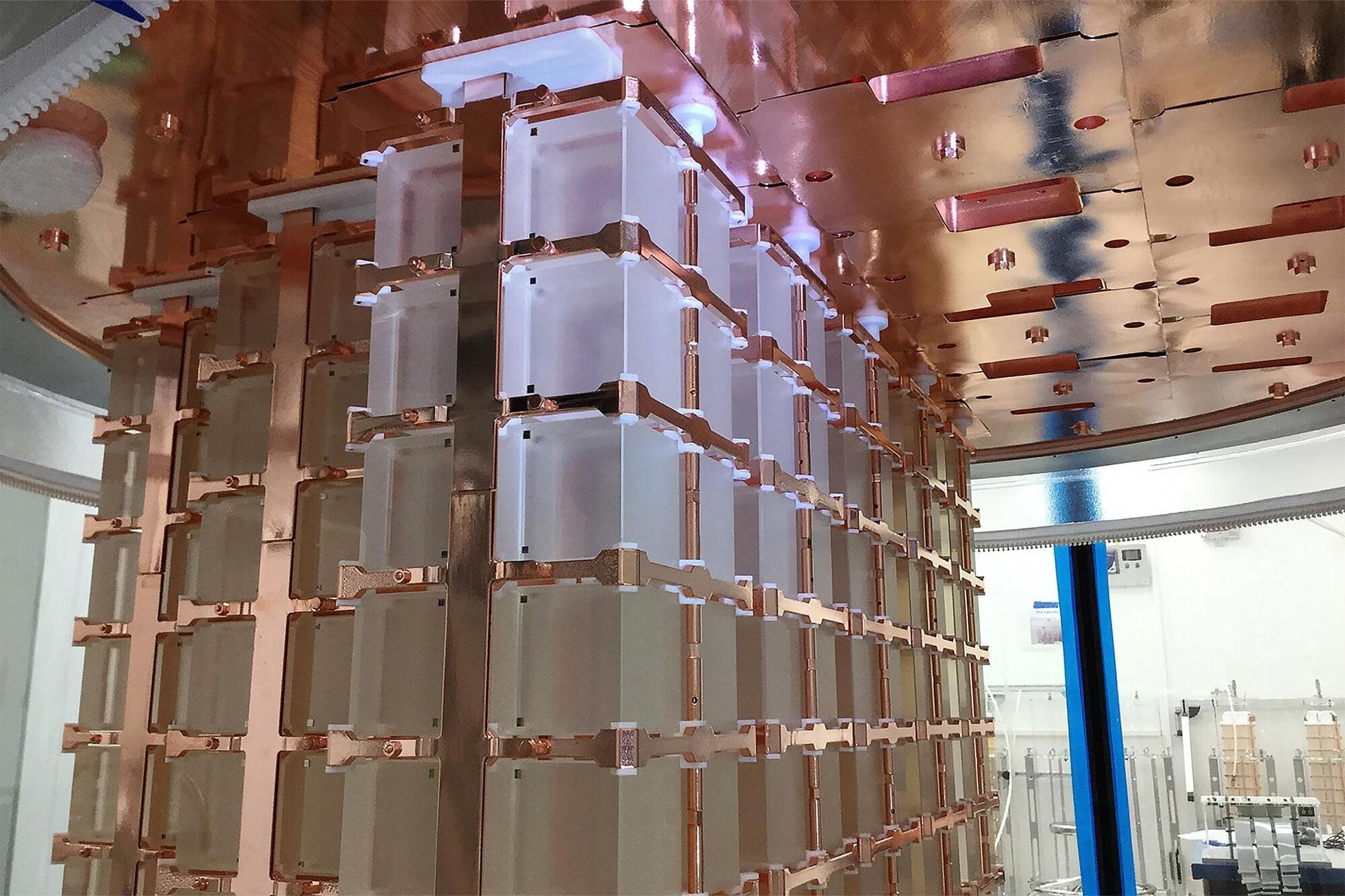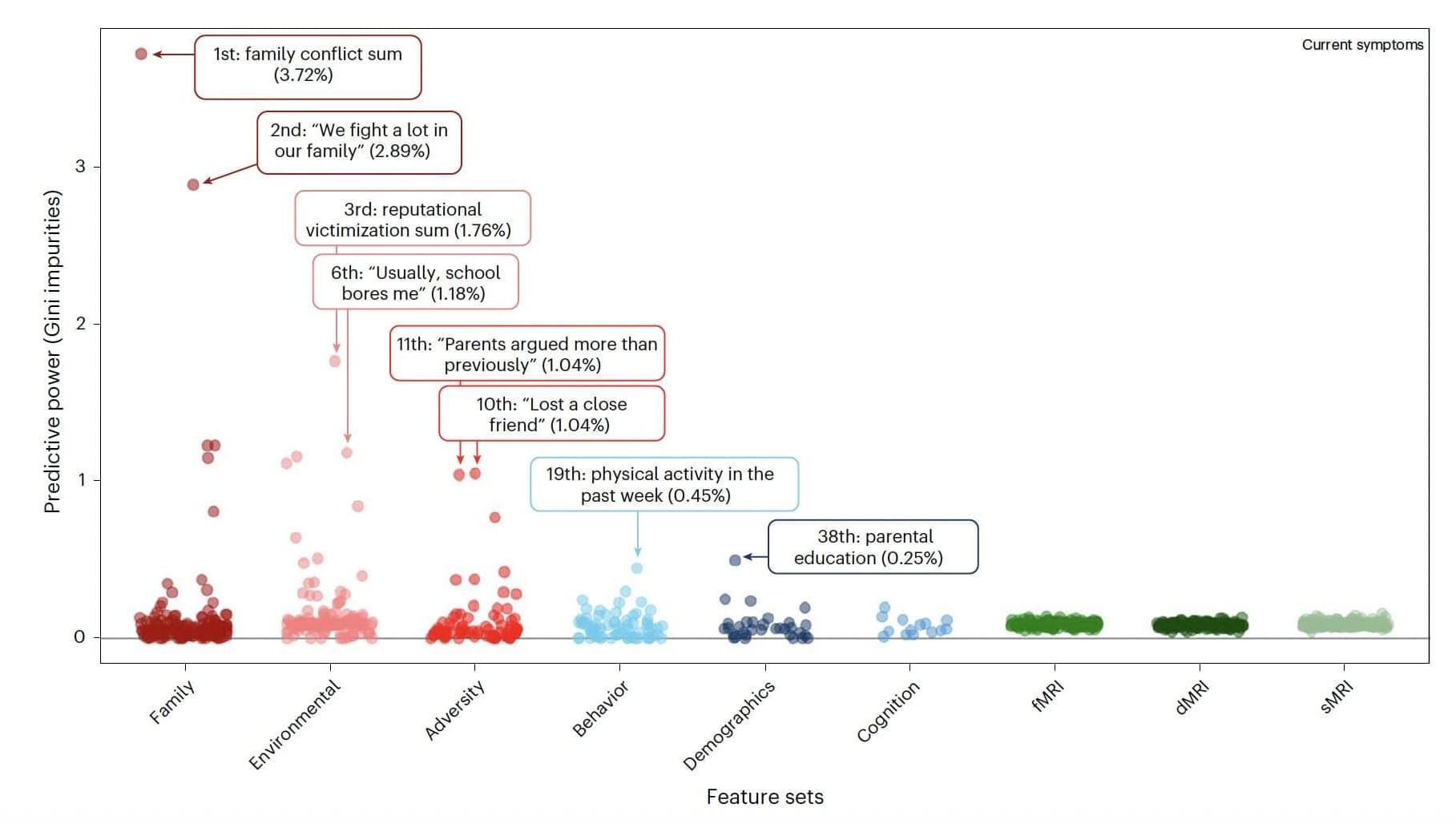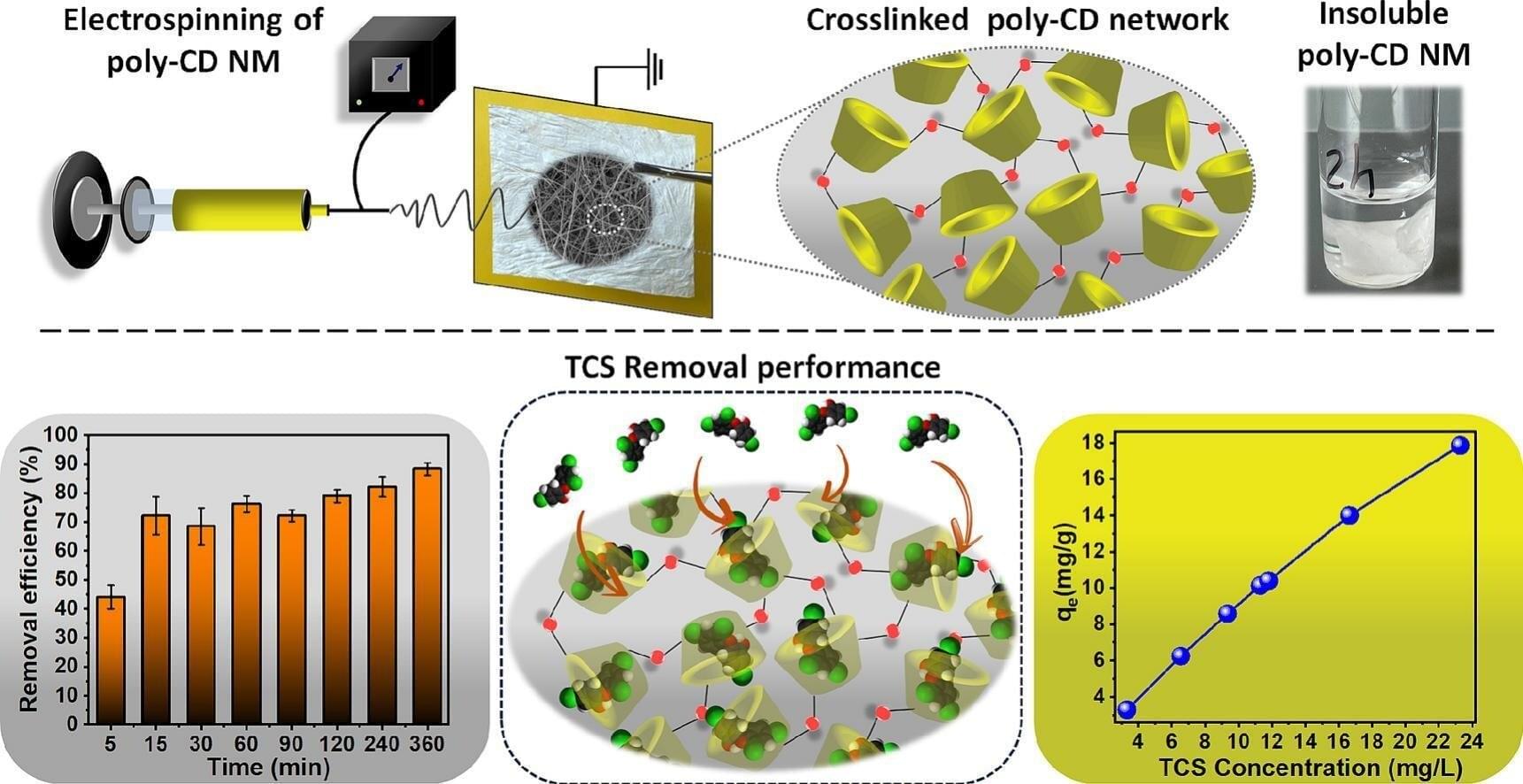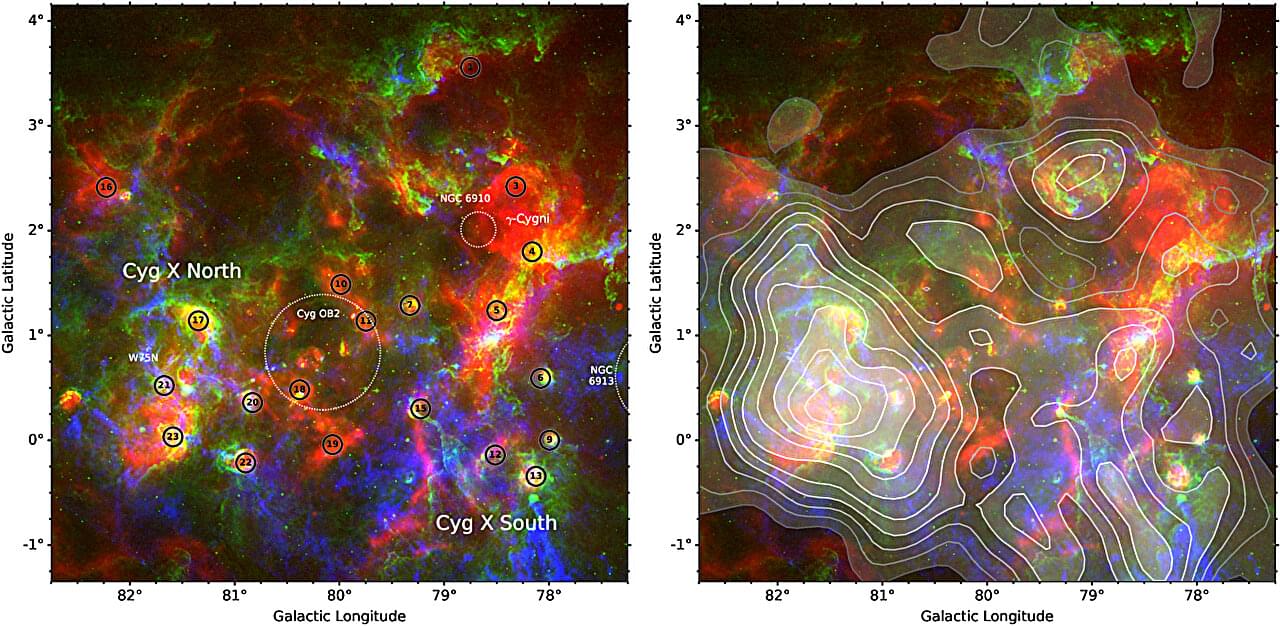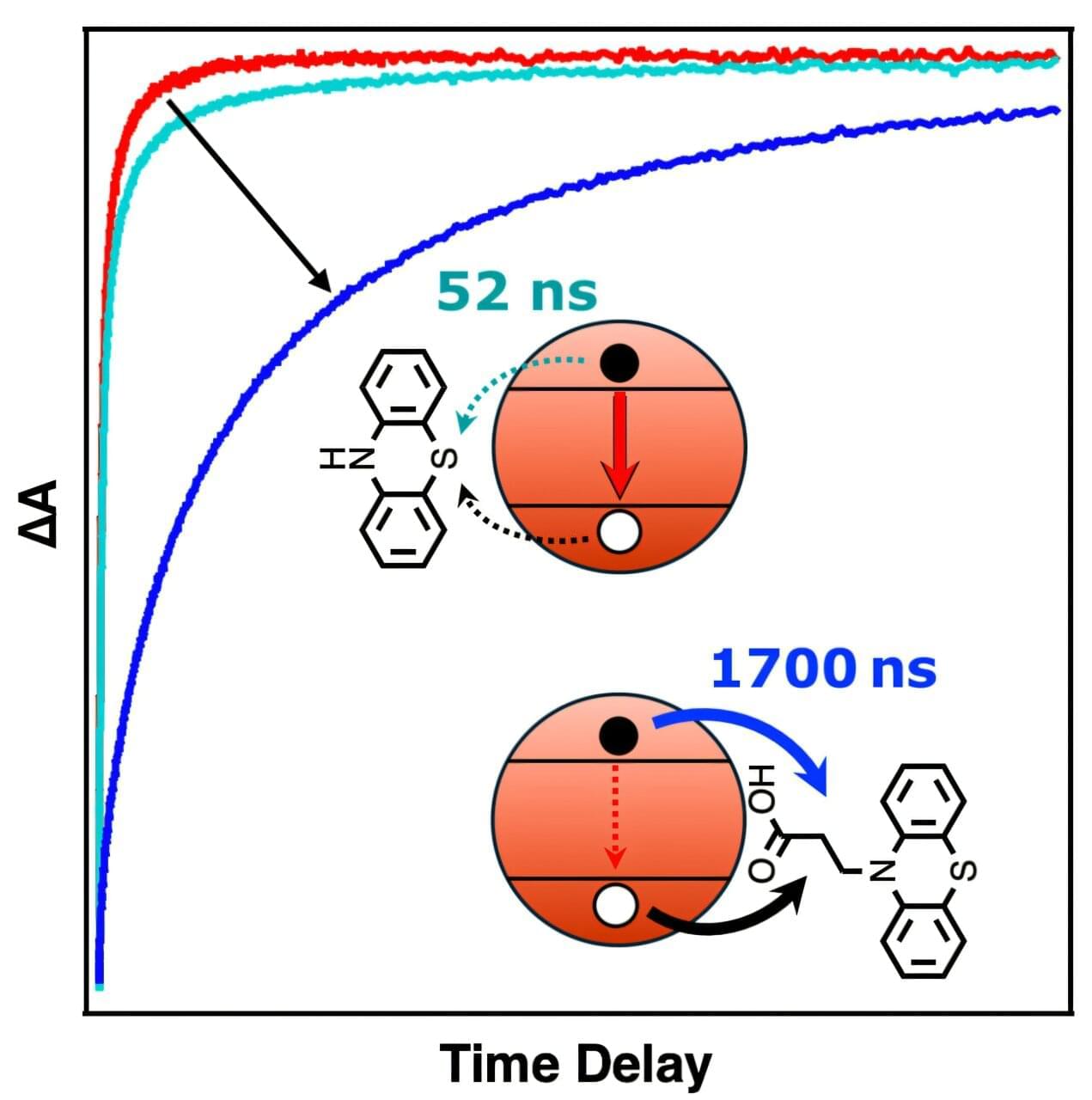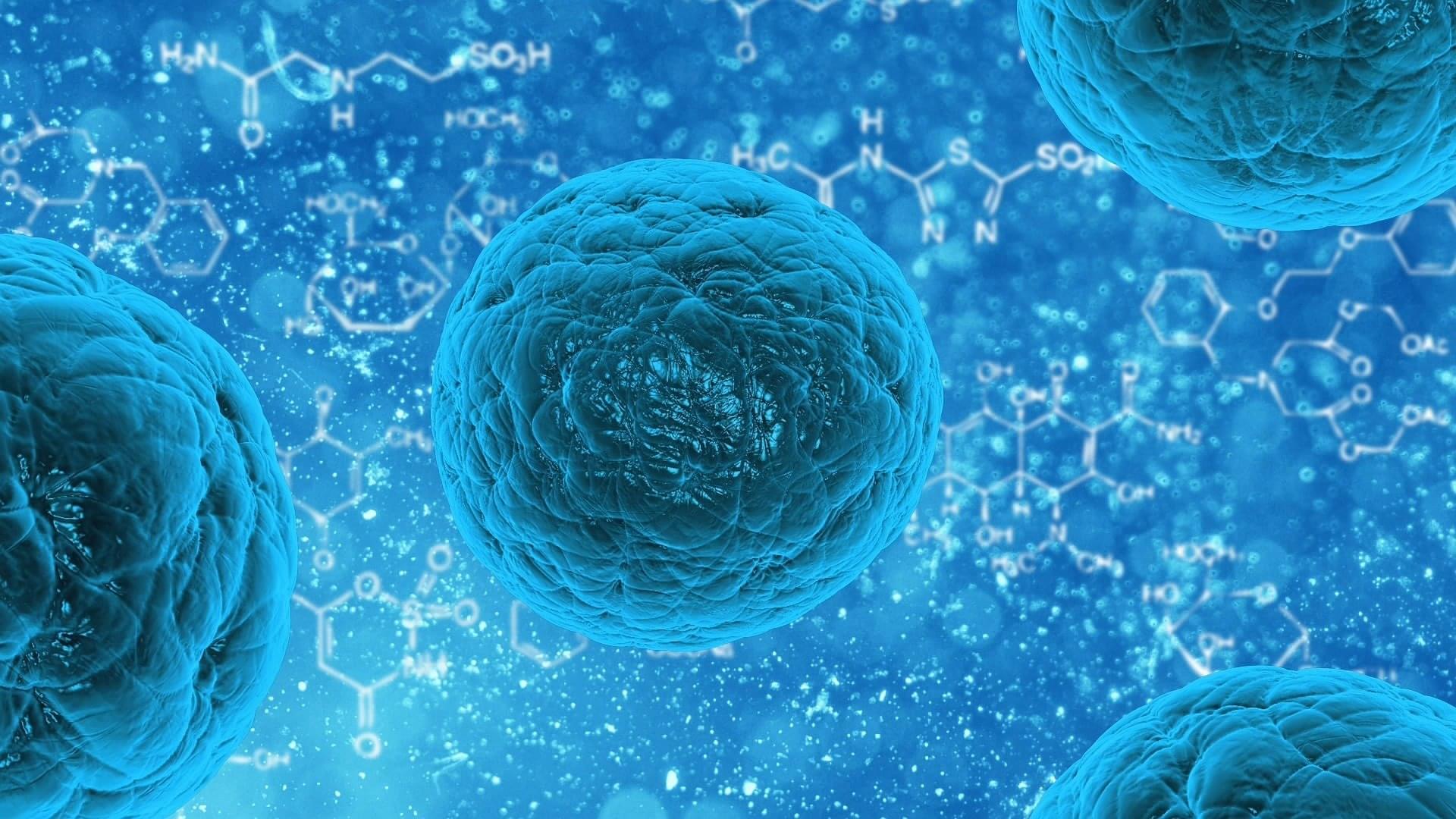Deep under a mountain in Italy, researchers continue to push the boundaries of science with an experiment that could rewrite the Standard Model of Particle Physics.
Their experiment, known as the Cryogenic Underground Observatory for Rare Events (CUORE), which includes researchers from Yale, has now collected two ton-years of data (the equivalent of collecting data for two years if the cube-shaped crystals in the CUORE detector weighed one ton) in a years-long effort to document a theory of rare nuclear particle decay called neutrinoless double beta decay.
Standard double beta decay is already a proven particle process. When it occurs, two neutrons, which are uncharged particles in the nucleus of an atom, transform into two protons and emit two electrons and two antineutrinos. Antineutrinos are the antimatter counterpart to neutrinos.
